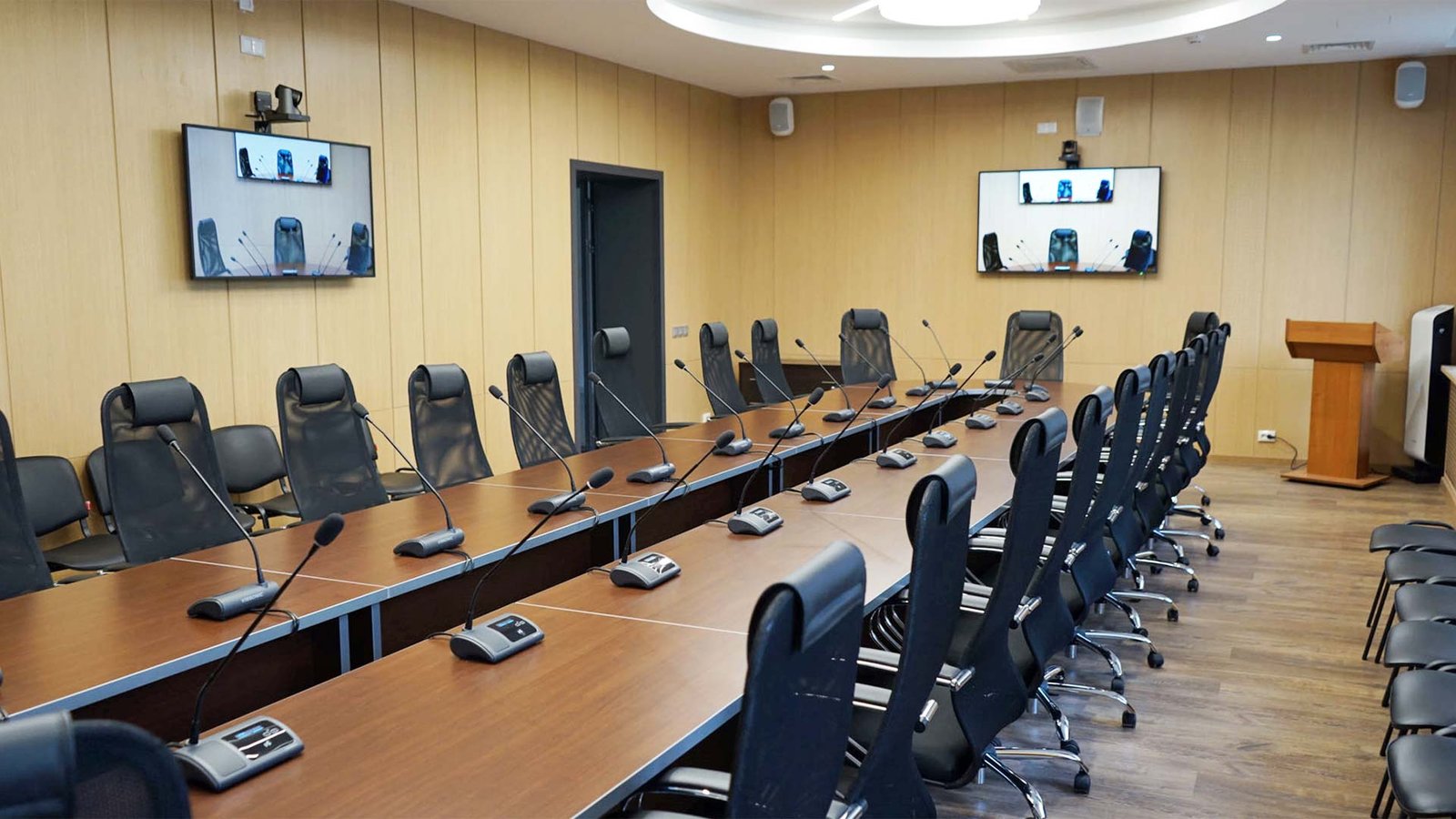Choosing the Right Conference System for Your Business
Selecting the right conference system is crucial for ensuring effective communication and collaboration within your organization. With numerous options available, each offering different features and capabilities, it can be challenging to determine which system best fits your business needs. This article provides a comprehensive guide to help you choose the right conference system for your business, considering key factors such as functionality, scalability, security, and integration.

Assessing Your Business Needs
1. Identify Communication Requirements
Before choosing a conference system, assess your business’s communication needs. Consider factors such as the size of your team, the frequency of meetings, and the types of communication required (e.g., video, audio, or chat). Identifying these needs will help you determine which features are essential for your organization.
2. Evaluate User Experience
User experience is a critical factor in selecting a conference system. Choose a platform that offers an intuitive interface and ease of use, ensuring that all team members can navigate the system effortlessly. A user-friendly system will reduce the learning curve and improve overall adoption rates.
Key Features to Consider
1. Video and Audio Quality
High-quality video and audio are fundamental to effective communication. Look for a conference system that provides high-definition video and clear audio, with advanced features such as noise cancellation and echo reduction. Superior video and audio quality ensure that meetings are productive and engaging.
2. Collaboration Tools
Evaluate the collaboration tools offered by the conference system. Features such as real-time document sharing, collaborative editing, virtual whiteboards, and interactive polling can enhance meeting productivity. Ensure that the system supports the collaboration tools your team requires for seamless interaction.
3. Integration Capabilities
Consider how well the conference system integrates with your existing tools and platforms. Integration with applications such as project management software, customer relationship management (CRM) systems, and cloud storage solutions can streamline workflows and enhance overall productivity. Choose a system that offers compatibility with the tools your team already uses.
Scalability and Flexibility
1. Scalability
Choose a conference system that can scale with your business growth. Whether your team is expanding or you need to accommodate larger meetings, the system should be able to handle increased demands without compromising performance. Cloud-based solutions often provide better scalability compared to traditional on-premises systems.
2. Flexibility
Flexibility is essential for accommodating various meeting types and participant locations. Look for a system that supports multiple devices and operating systems, allowing users to join meetings from desktops, laptops, smartphones, or tablets. Additionally, consider whether the system can handle different types of meetings, such as one-on-one calls, team meetings, and webinars.
Security and Compliance
1. Data Protection
Security is a top priority for conference systems, especially when handling sensitive information. Ensure that the system offers robust data protection measures, such as end-to-end encryption and secure authentication. Data protection features help safeguard your communications and maintain confidentiality.
2. Compliance
Depending on your industry and location, you may need to comply with specific regulations and standards. Verify that the conference system complies with relevant data protection regulations, such as GDPR or HIPAA, to ensure that your organization remains compliant with legal requirements.
Cost and Budget
1. Cost Structure
Evaluate the cost structure of the conference system, including subscription fees, licensing costs, and any additional charges for features or support. Consider whether the system offers a tiered pricing model that aligns with your business size and needs. Compare the costs of different systems to find a solution that fits within your budget.
2. Return on Investment
Consider the potential return on investment (ROI) of the conference system. Assess how the system’s features and capabilities will impact your team’s productivity and collaboration. A system that improves communication efficiency and reduces meeting-related challenges can offer significant long-term benefits.
Vendor Support and Reliability
1. Customer Support
Choose a conference system provider that offers reliable customer support. Look for a vendor with responsive support channels, such as live chat, phone support, and email. Good customer support ensures that any issues or questions can be addressed promptly.
2. System Reliability
Reliability is crucial for ensuring uninterrupted communication. Research the system’s uptime and performance track record to ensure that it meets your reliability standards. A dependable system minimizes disruptions and ensures consistent communication quality.
Conclusion
Choosing the right conference system for your business involves assessing your communication needs, evaluating key features, and considering factors such as scalability, security, and cost. By selecting a system that aligns with your business requirements and offers the necessary tools for effective communication and collaboration, you can enhance your team’s productivity and streamline your organizational workflows. Invest time in researching and comparing options to find a conference system that best supports your business goals and objectives.



